In today’s fast-moving, always-on world, resilience has become a survival skill and a success strategy. Clients show up to coaching knowing they need it. They want to thrive under pressure, lead with clarity, and recover quickly from setbacks.
Yet, too often, they stall at the starting line.
They understand what needs to change. They even feel inspired in the moment. But that initial spark rarely ignites lasting action. Why?
Because the shift from awareness to behaviour is where resilience lives or dies.
As a coach, I have a critical role to play in helping my clients build the kind of resilience that lasts. And it requires going deeper than motivation or willpower. Let’s explore what really works.
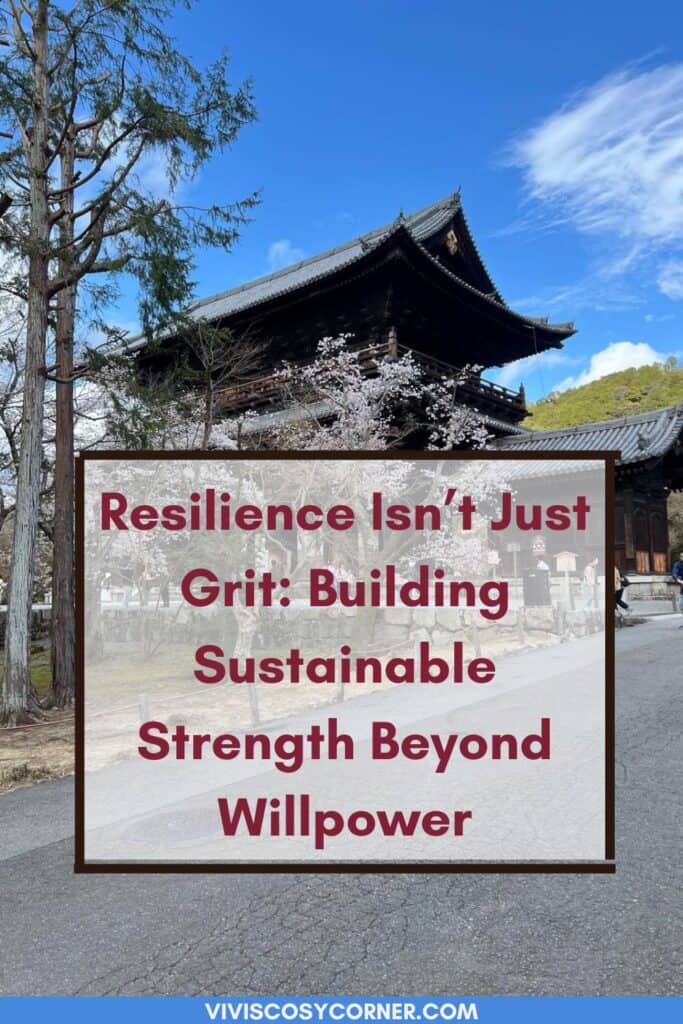
What’s Already Established About Resilience and Career Success
Research is clear: resilience is one of the strongest predictors of long-term success, especially in high-demand professions.
Those with higher resilience:
- Bounce back faster from setbacks.
- Handle stress with more clarity and emotional regulation.
- Sustain performance over longer periods without burning out.
- Engage more effectively with uncertainty and complexity.
In essence, resilience acts as a protective buffer and performance multiplier. It enables people not just to survive challenges, but to grow through them.
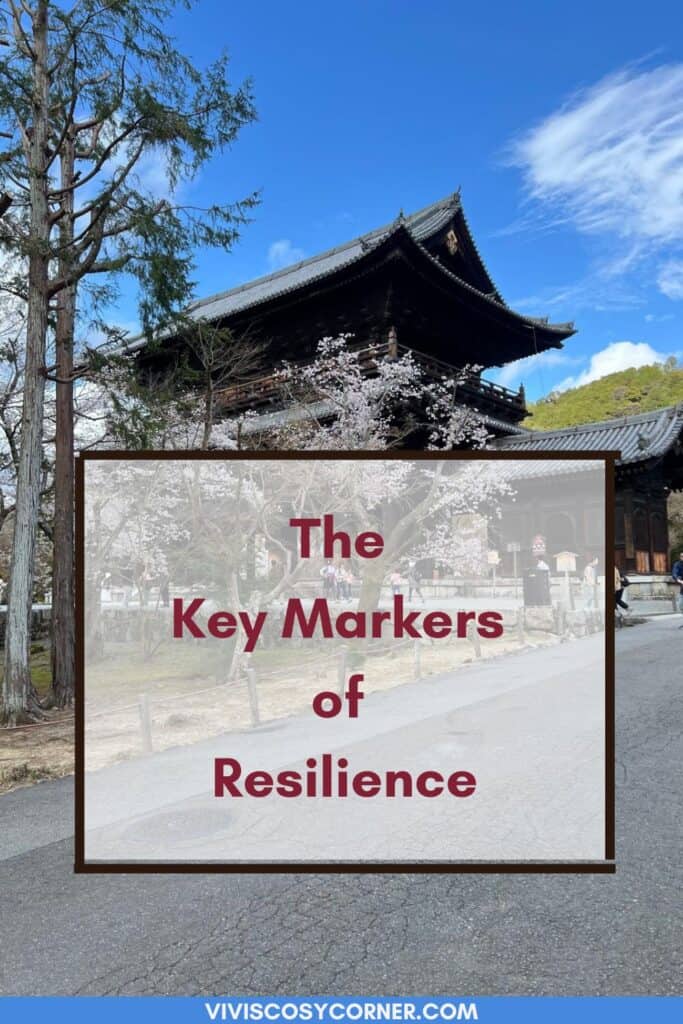
The Key Markers of Resilience
While often thought of as innate, resilience is actually built through key psychological and behavioural markers, including:
- Emotional regulation – The ability to stay grounded under pressure.
- Cognitive flexibility – The mental agility to reframe challenges and adapt.
- Purpose and meaning – A clear sense of why that fuels perseverance.
- Connection – Supportive relationships that buffer stress.
- Recovery – The ability to rest, reflect, and rebuild after adversity.
These are skills that can be developed. But first, clients must be willing to engage in new behaviours that support these capacities.
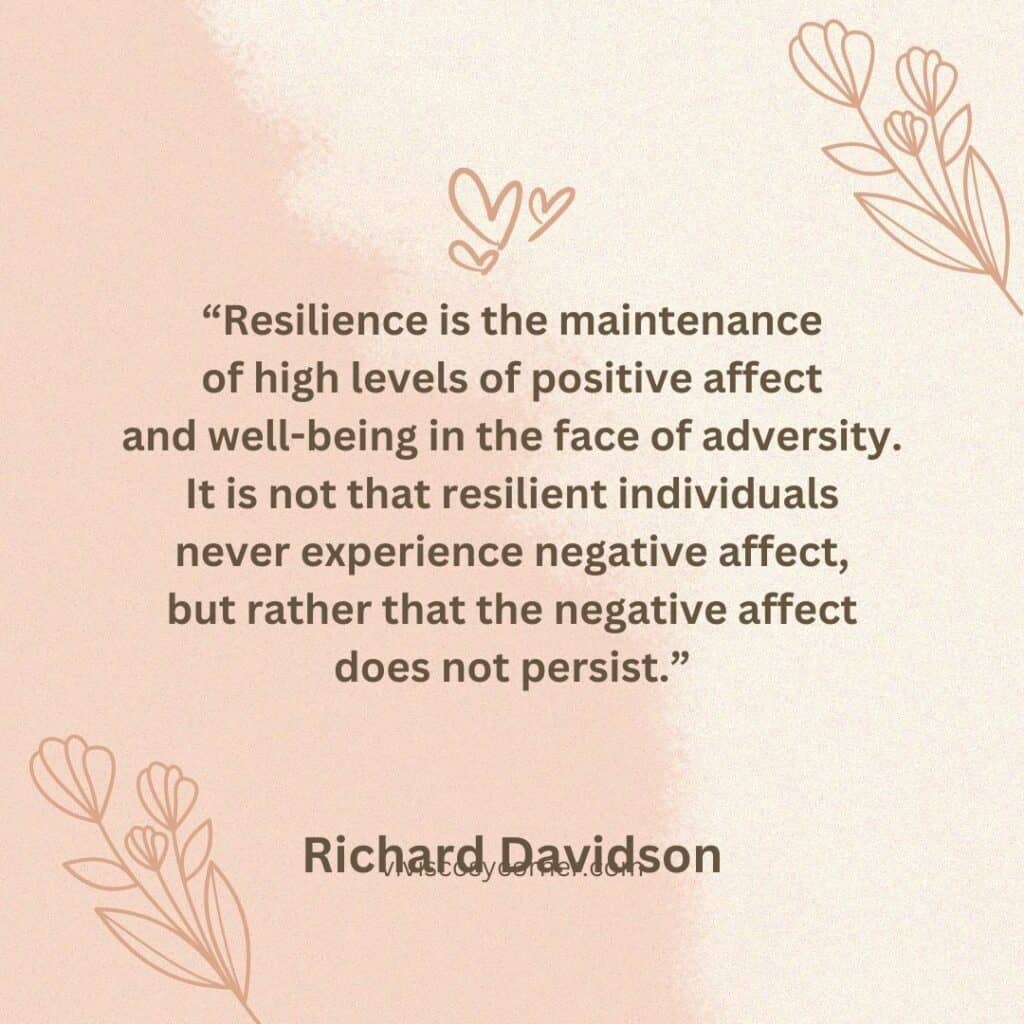
The Difficulty Clients Have in Committing to Sustained Action
Many clients come into coaching with a genuine desire to build resilience. They’re reflective, intelligent, and self-aware. They can articulate their struggles clearly and even identify what might help.
But then… little changes.
They keep overworking. Neglect recovery. Say yes when they mean no. Why?
Because knowing what to do isn’t the same as being willing or ready to do it.
There’s a gap between awareness and action, and most clients live in that gap far longer than they want to admit.
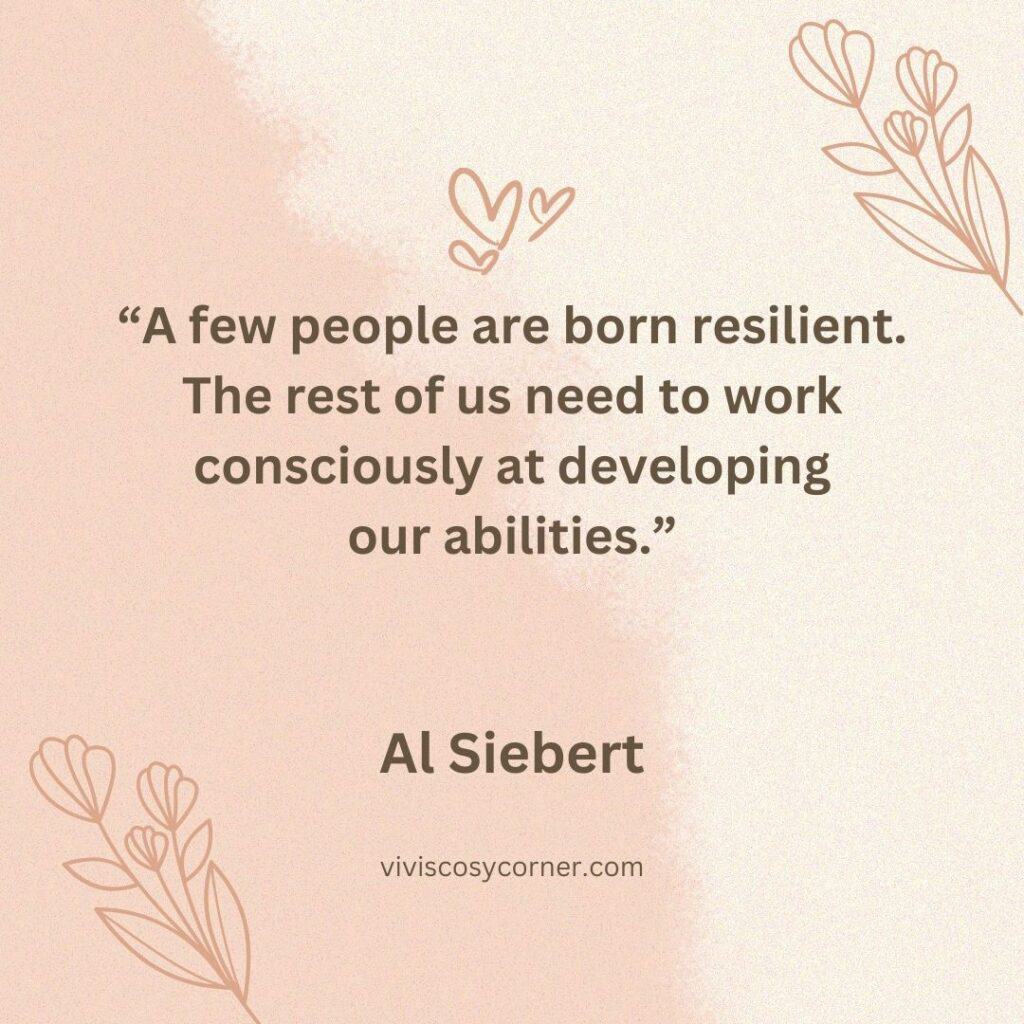
The Tension Between the Rational and the Resistant Mind
At the heart of this inaction is an internal battle: the rational mind vs. the resistant mind.
The rational mind says: “You need better boundaries. You can’t keep burning out.”
The resistant mind whispers: “But what if they think I’m not committed? What if I fall behind?”
The rational mind plans. The resistant mind protects.
It clings to the familiar, even when it’s harmful, because familiarity feels safe. As a result, clients can get stuck in cycles of self-sabotage, despite their best intentions.
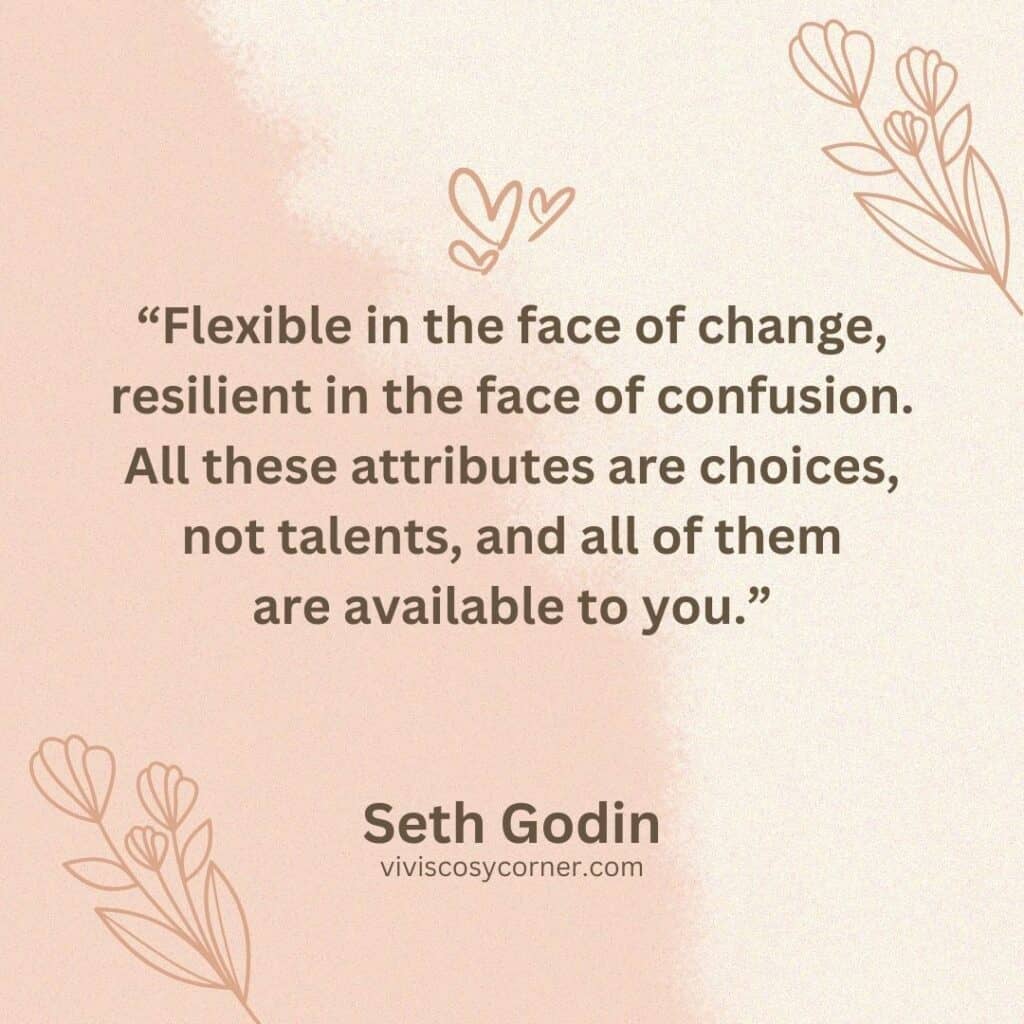
Overcoming the Resistant Mind
To shift behaviour, we don’t need more force, we need compassionate strategy.
As a coach, I help my clients:
- Identify the fear behind their resistance (e.g., rejection, failure, loss of control).
- Acknowledge the payoff of current patterns (even burnout offers a form of validation or escape).
- Redefine success, focusing on sustainability over short-term wins.
- Create tiny, safe experiments that allow the nervous system to acclimate to change.
Resistance often softens not through confrontation, but through curiosity and consistent, safe action.
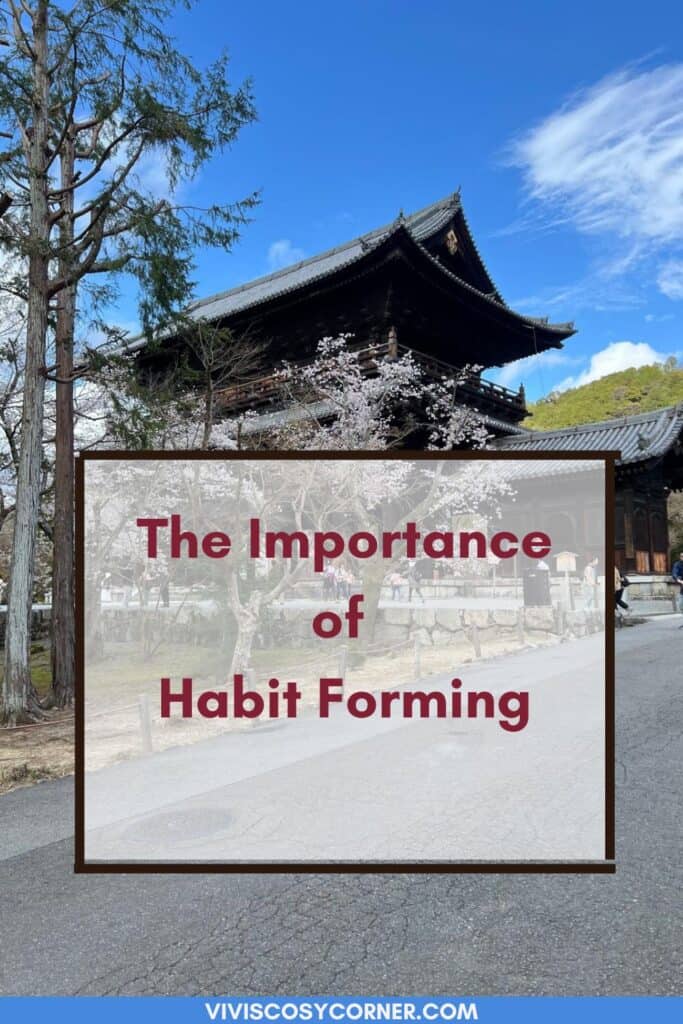
The Importance of Habit Forming
From experience: Willpower isn’t enough. Willpower fades. Stress increases. Motivation dips.
But habits? They stick.
Resilience is less about grand gestures and more about consistent micro-choices that become automatic over time:
- A morning check-in instead of jumping into emails.
- A two-minute pause before responding to stressful messages.
- A weekly reflection ritual to track energy and boundaries.
Habits reduce friction. They build identity. They say: This is who I am now.
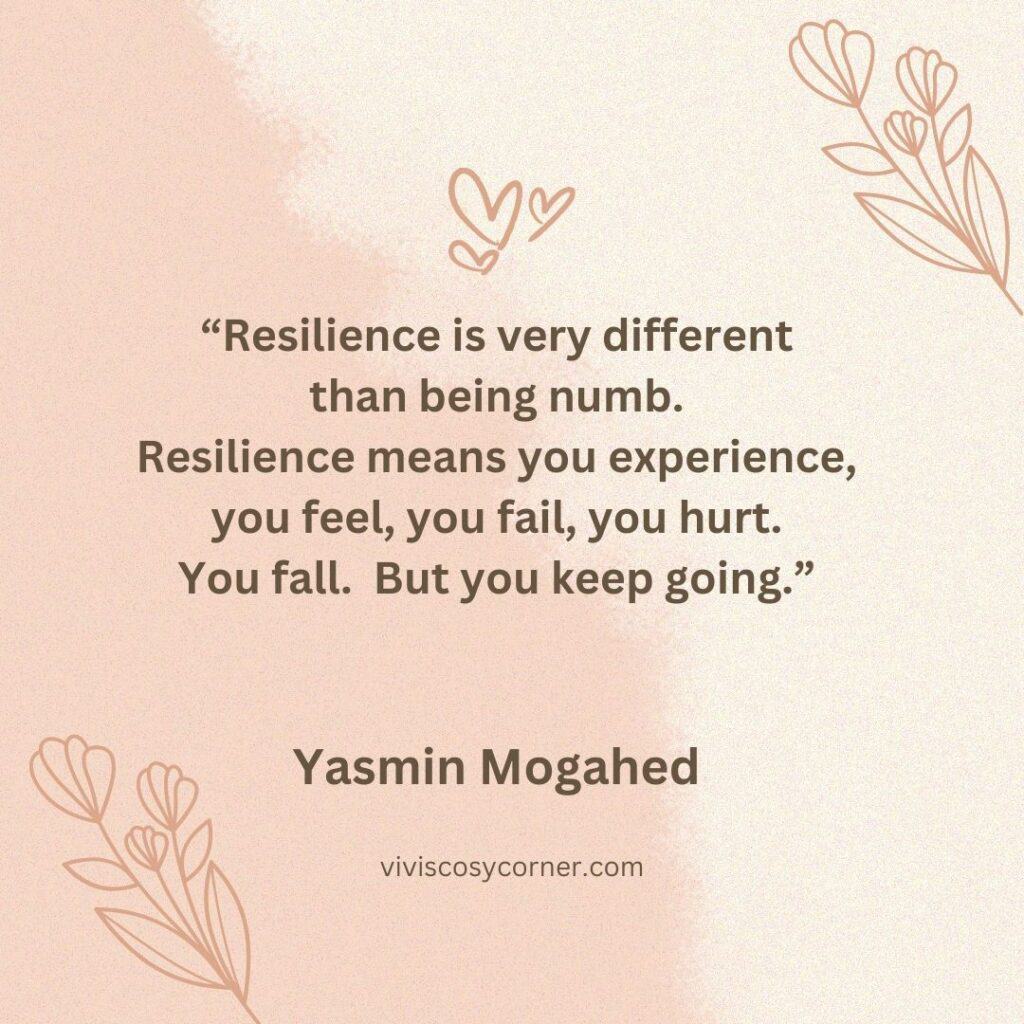
How to Support Clients in Developing Sustainable Resilience Habits
As a coach, my role isn’t just to inspire, it’s to help build processes that support lasting change.
Here’s how:
- Start small – Anchor habits in current routines to reduce resistance.
- Connect to identity – Encourage clients to see themselves as someone who prioritizes wellbeing and sustainability.
- Use environmental cues – Tie new habits to specific triggers (e.g., after meetings, before shutdown).
- Celebrate wins – Reinforce the new habit by recognizing progress, not perfection.
- Revisit the ‘why’ – Link every habit to the deeper purpose or value it supports.
With time, these actions move from effortful to effortless and from practice to embodiment.
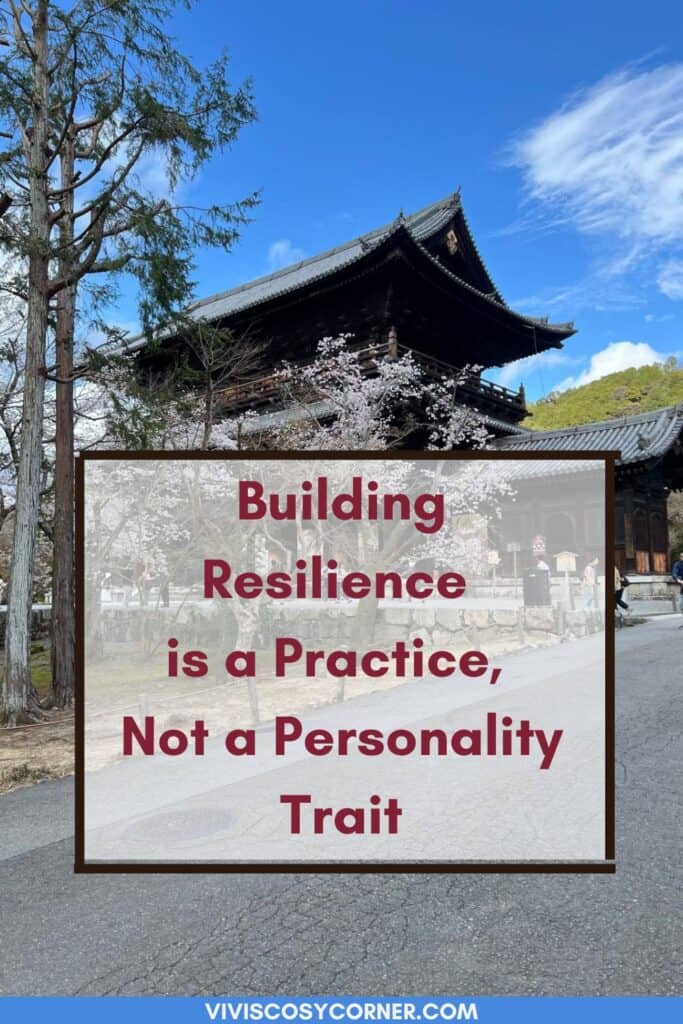
Building Resilience is a Practice, Not a Personality Trait
Resilience isn’t reserved for the tough or naturally gritty. It’s a learned capacity, one that anyone can develop with the right support, environment, and habits.
Coaching helps clients shift from understanding to embodiment: from reactive survival to intentional sustainability.
So, the next time a client says, “I just need to be more resilient,” don’t hand them another tip sheet.
Instead, guide them to:
- Acknowledge their resistant mind,
- Craft identity-based habits,
- And build the processes that will sustain them far beyond the next storm.
Because real resilience isn’t built in the moment of impact. It’s built beforehand – in the quiet, daily choices that shape who we become.
What’s one micro-habit you can start today to make resilience your default?
Thank you for being a VCC reader.

